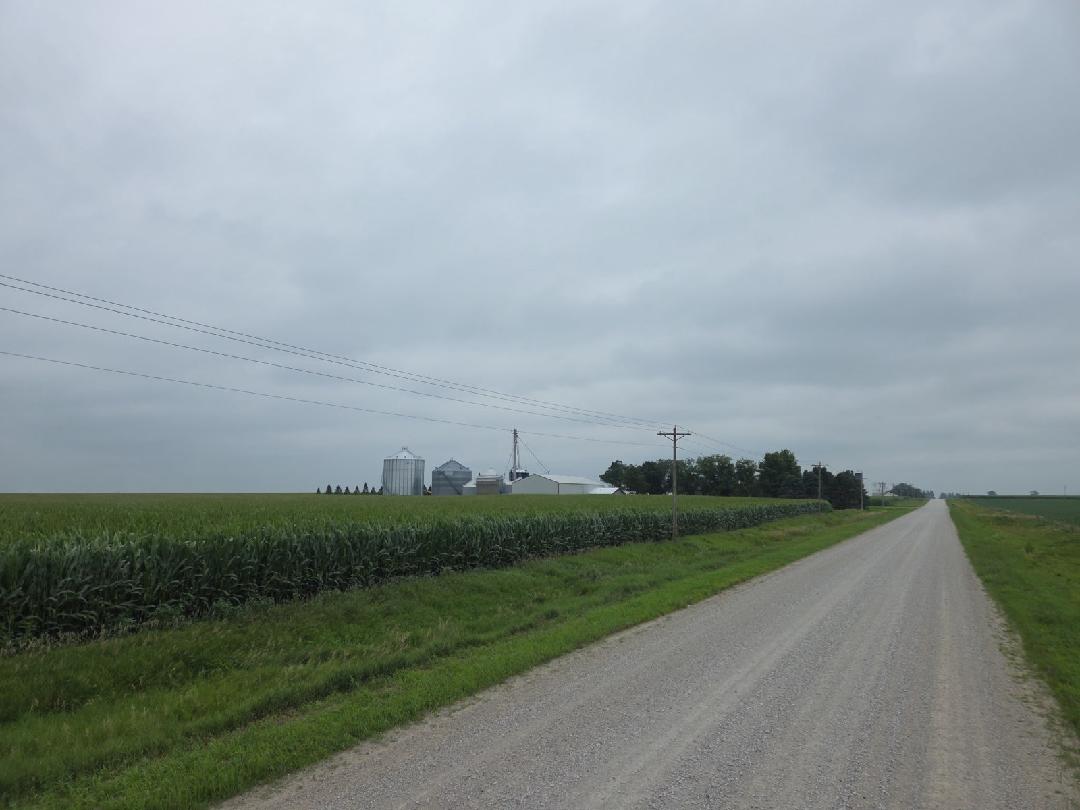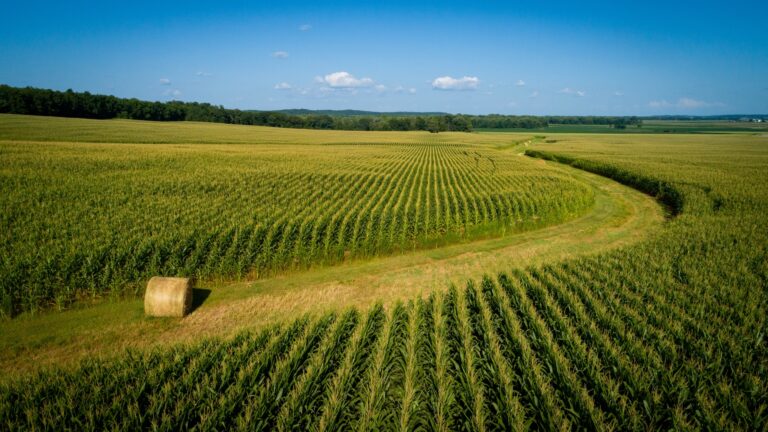2025 July Stewardship Advocate
Wearing Corn?
More than 4,000 everyday products contain corn, ranging from ethanol to foods to soaps to compostable plastics, paper and baby diapers. This is in addition to all the meat, dairy and poultry that consume corn and co-products as livestock feed.
Perhaps one of the newest and most unique uses of corn is as a component in textiles and clothing. A prime example of this novel use of corn is taking place at a new production facility in Eddyville, Iowa operated by Qore, a joint venture between Cargill and Germany-based chemical company Helm. In July 2025, Qore began production of QIRA, the world’s first large-scale renewable butanediol (BDO) using corn sourced from corn farmers within 100 miles of the Eddyville plant. The plant is planning to produce 66,000 metric tons of QIRA™ annually when running at full capacity which is the equivalent of nine million bushels of corn.
The BDO in QIRA is identical to petroleum-based BDO and is used to produce everyday products in multiple consumer sectors, including fashion, spandex, footwear, beauty and personal care, automotive, electronics and packaging. The corn-based version has significantly fewer greenhouse gas emissions than the petrochemical incumbent. Jon Veldhouse, CEO of Qore, stated in a press release. “By providing a reliable, renewable and transparent feedstock, QIRA™ helps global manufacturers and brands implement identical materials that reduce reliance on oversea supply chains, bringing more transparency to their product portfolios.”
Iowa corn farmers are the centerpiece of the production of QIRA™ and the sustainable practices they use to produce the grain improve the environmental footprint of the end products. These farmers are close to the plant, so QORE is assured they have a reliable supply of feedstock to produce the corn-based BDO.One of those farmers is Steve Kuiper a fourth-generation Iowa farmer, who says, “By offering a bio-based alternative to fossil-based feedstock, we are empowering brands to reduce their environmental impact and respond to consumer demands for transparency, more sustainable, high-performing products.”
Iowa Corn has partnered with Qore for several years and this relationship has been a win-win for both organizations. With the partnership, Iowa Corn supports QORE by promoting sustainable practices and the use of corn as a positive alternative to petroleum feedstock and QORE wins by having access to a locally grown supply of renewable and sustainably produced corn feedstocks for its BDO customers.
Dr. Alex Buck, Director of Industrial Innovation at Iowa Corn, has been instrumental in developing the relationship between Iowa corn farmers and the QORE organization. Alex explains the importance of new uses of corn, “QIRA™ is a great example of corn being used to replace a petroleum-based chemical. This provides a new market for corn farmers, and consumers now have a new choice when it comes to buying everyday products, including what they wear. We feel we are at the beginning of a big wave where field corn can be a major component of producing sustainable products sought by consumers around the world. The carbohydrates from field corn can be used for sustainable chemicals, while leaving the protein, fiber, and corn oil for their existing markets.”

Figure 1. QORE production facility in Eddyville, Iowa. Image courtesy of Cargill. Press release courtesy of Business Wire
Latest Information
Iowa has made real progress on water quality innovations.
Here are the details.Soil at Heart of Conservation Decisions
Secretary Naig Announces New Water Quality Project in Central Iowa’s Beaver Creek Watershed
Can conservation drainage practices contribute to climate change mitigation?

Farmer to Farmer: Harley Janssen
Harley Janssen is a fifth-generation farmer from Franklin County who farms with his father Hollis and brother Michael. Harley started farming more than 25 years ago with his grandfather. “My grandfather got me involved in farming when I was still in high school,” He shared. “He wanted me to learn the financial side of the business and have some skin in the operation.”
Harley’s sustainability ambition is clear saying, “Despite all of the changes since my grandfather started farming, one thing has stayed constant and that is our commitment to leaving things better than we found them. All of the generations on my farm believed that our most valuable asset is not the corn or soybeans that we produce but the land it is produced on.Our sustainability story has been about driving nutrient use efficiency while increasing yield with minimal tillage. That sustainability recipe not only affects the bottom line in obvious ways, but it works in a time where more attention is being paid to reducing the carbon intensity of our operation.”
The Janssens have a corn-soybean rotation and plant most of their acres with 109-114 day hybrids which is a few days longer than they use to plant. Their planting rates have changed over the years and recently they have scaled back their populations to 35,000 plants per acre to give the ears the ability to flex under varying growing conditions.
The Janssens’ fertility program relies on precision application of their nutrients. “We have become believers in leveraging technology for precision placement of liquid phosphorus, potassium and micronutrients so we can plant right on top of that nutrient-rich strip,” explained Harley. “We have moved all our corn acres into a program where we apply a base of nitrogen pre-plant in the spring and then side dress in season.”
Reducing tillage is an important goal of the operation. Harley notes, “We have found that minimal till early, allows us to warm the seed bed without losing moisture. We like to plant early with fuller season hybrids, using precise application of nutrients, split feeding nitrogen, and applying crop protection products later in the season if needed. Our goal is to have good late season plant health and to harvest green. In doing so, we have worked hard to drive yield up while maintaining or even decreasing applied nutrients.”
Since college, Harley has worked off the farm while being very involved in the farm operation. Currently, he serves as Director of Outputs and Measurements at the National Corn Growers Association (NCGA) and is the lead staffer for the Production and Sustainability farmer action team.
Among his many interests at NCGA, Harley is focused on life cycle analysis, carbon markets and the ways farmers can take advantage of reducing their carbon intensity scores. His philosophy “is to have a collective understanding of market access opportunities so that we can help farmers understand how to participate in these markets to increase profitability.”
When asked what he wants other farmers to know about his farm, Harley says “You’re not just growing a crop – you’re growing opportunity. The choices you make today about sustainability, stewardship and soil health are shaping access to tomorrow’s markets and securing the future of your farm. With that as my mindset, it’s incredibly easy to be passionate about Iowa farmers and work to advocate for agriculture.”
